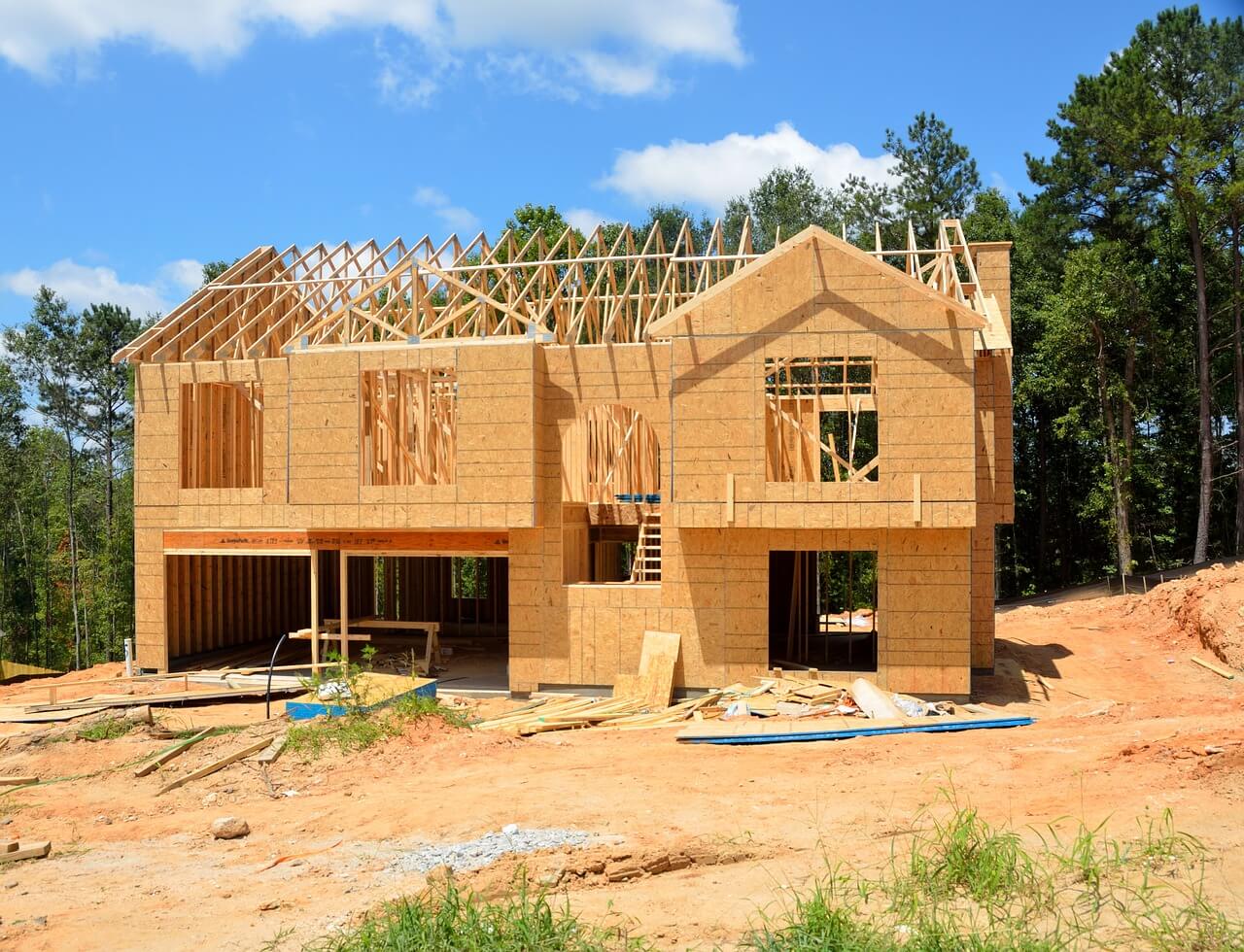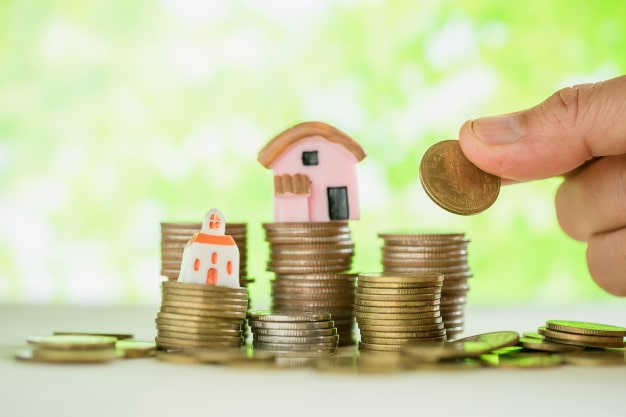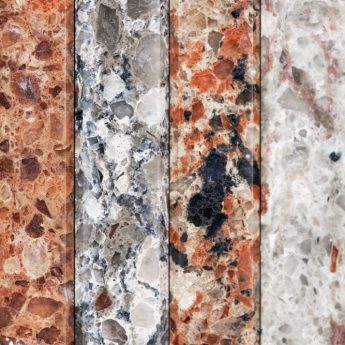What is a Self Build Mortgage?

There is a big difference between a traditional mortgage and a self build mortgage. It is good to understand the difference between these two terminologies. Self-build mortgages are specially designed to help self-builders to build their own homes.
The dream of building your own home is with so many people. If you don’t have enough cash to actualize your dream, you can make good use of a self build mortgage to get yourself a home.
In this article, we will help you to understand what is a self build mortgage. You need to understand different types of mortgages, the required documentation, expected interest rates, as well as the available deals.
Understanding Self Build Mortgages
The entire concept of a selg mortgage is different than the traditional residential mortgages. This is specifically designed to fund property construction. What makes it other than the rest is the phased fund disbursement.
When it comes to standard mortgages, the funds are released in a lump sum. However, self-build mortgages are totally different. Here, the funds are generally distributed at various stages of the build process.
This phased approach helps to mitigate the risk of the lenders. Moreover, it ensures that the allocated funds are well aligned with the planned construction stages.
Eligibility Criteria
The self-build mortgage may seem like a more appealing path. Especially if you are a first-time buyer and seeking an affordable entry into homeownership, then a specific process can be a great option.
The stagewise fund release helps to reduce the financial burden during the building process. As a result, it enables an easy and manageable way to manage your costs more effectively. On top of that, it also helps you prevent the cash flow shortage during the process.
The Application Process
Getting a self-build mortgage requires one to follow some of the following:
- Find other lenders that are offering self-build mortgages and compare their interest rates, terms, and conditions.
- Gather all the required documents: Proof of income, credit history, planning permissions, building rule approvals, detailed construction plans, and so many others.
- Let the lender have everything he needs and respond to any questions that may come along.
- Your application will be validated. The lender will verify your application and check your personal financial situation and the potential feasibility of your self-built project.
- An offer will be made to you. Once your application is accepted, a self-build mortgage offer is usually given by the lender.
- Accept the offer and finalize the mortgage. Once you accept the offer, you have to sign the mortgage agreement and get all other formalities in place.
The requirements and procedures are also lender-specific and depend on how complex a self-building project is, so consulting experts by talking to a financial advisor or even a mortgage broker at such points may be a good decision.
Timeline And Expectations During The Application Process
It typically takes about three months if you are planning to get a self-build mortgage once you are done with the initial application. However, the process might take you a little longer. There are several factors that can affect the timeline, such as:
- Land purchase: The entire process of purchasing the land might take time.
- Background checks: The process of background checks of a person can take time.
- Certification and revaluation: A new property always requires to be certified as well as revalued, which can be time-consuming.
- Structural barriers: There can be some new properties with structural barriers that can slow the process of remortgaging.
- Lender backlog: Some lenders may have a high rate of backlog cases. This can make the process even longer.
What Are The Advantages Of A Self-Build Mortgage?

Unlike traditional mortgages where the lender releases all the funds as a lump sum upon the completion of a sale, in a self build mortgage, the lender releases the funds at key build stages. Some self-build financiers also lend their customers in plot purchase. However, the interest rates are generally higher than the standard rates for a remortgage or house purchase. Also, fee arrangements tend to vary from one lender to another. Once the new house is habitable, some banks may allow the buyer to switch to a lower interest rate.
Types of Self Build Mortgages
There are basically two types of self-build mortgages that you can select from. The first one is what we refer to as the arrears type. In this case, the stage payments are disbursed once every stage of the build is completed. This type of self build mortgage for individuals who have their own large cash injection to invest in the project.
The second type of self build mortgage is the advance type. In this case, the lender releases the stage payment at the beginning of every build stage. It means that you will have the money at the point of need when the bills for materials are labor is due. Therefore, it removes the need for short-term borrowing or bridging loans to cover for any shortfalls.
The primary advantage of the advance self build mortgage is that it will help you with the cash flow and is fit to investors who don’t have huge pots of savings to fund the building as it progresses. However, we have very few lenders who offer this type of facility. Some financial institutions will lend you on the existing property, land purchase, or at the successful completion of the key stages. The products that financial institutions offer under each category tend to vary from one firm to another. It is upon the borrower to look at the terms and conditions that each lender offers and choose what best suits his needs. The secret is choosing a self-build product that will not strain you in any way whatsoever.
Self Build Mortgage Interest Rates

Self-build mortgages tend to charge a higher interest rate than the remortgage or standard house purchase. In most cases, their rates tend to vary from 4 to 6 percent per annum. Also, the arrangement fees tend to vary from one lender or broker to another. You can be tied to the lender for even three years. Once your property is now habitable and a qualified surveyor from RICS has conformed it and given you a FEMA elevation certificate for the building control certification, we have lenders who will allow you to switch to a lower rate in the ‘tie-in-period ‘with no penalty interest.
Borrowing Limit for

The maximum amount that you can borrow under this loan facility depends on your unique financial circumstances. The other factors that affect the amount that you can borrow are your income and outstanding debts. The lender will want to establish your creditworthiness before disbursing the loan.
Therefore, the primary defining elements are your construction budget and the ability to repay the loan. Building societies and banks use the affordability calculation to evaluate the customers’ borrowing limit. Therefore, it is not just a matter of giving out the loan for the sake of it.
No lender will disburse a mortgage to you if he feels that you cannot afford the installment. The Financial Conduct Authority normally regulates these types of mortgages. If you don’t qualify for today, you can always improve your creditworthiness and make an application at a later date.
How Much Can I Borrow With A Self-Build Mortgage?
The amount you can borrow with a self-build mortgage actually depends on various factors. This includes:
Lender
You may find different lenders who have different eligibility and affordability criteria. Some lenders may offer you even more flexible lending criteria. This includes higher loan-to-value or LTV ratios.
Land Ownership
Let’s say you own a piece of land, and you are planning to build on it. You can usually borrow upto 75% of the property value that has been expected. No,w if you do not have land, in that case, you will not be able to borrow much.
Personal Circumstances
Your income, credit ratings, expenditure, or any kind of outstanding debts that you have would be taken into Account.
Use of the mortgage
The you are using the mortgage to buy land and a complete build, in that case, the borrowing would be calculated differently.
Getting a Self-Build Mortgage: An Informed Guide
Are you thinking of building that unique home? Well and good! But let’s talk of the nitty-gritty: money. Getting a mortgage for a self-build may scare most people, so I am here to break this down in plain words.
Get the know-how of getting money step:
Purchasing Land: This is where you usually get your first mortgage. Kind of like the foundation for your project joke!
Foundations: Once the ground has been leveled out, you could draw funds to finance the foundation’s work at your house. It’s an essential stages as this forms the starting point when constructing a house.
Staircasing: Self-build mortgages are typically phased advances that are tied to things like putting the roof in or getting the walls erected. That reduces both risk factors for you and your lender.
Completion: Once your dream home is complete, you tend to start living on a standard home loan.
Let’s discuss some financial options for building your house.
Find a Lender
Not all lenders sell self-built mortgages, so some minimum research on offer is worth the effort as some specialize and are less keen.
Build a solid application. Lenders want to see a well-thought-through budget, sensible building timetable, and experience either in building or in using the chosen builder.
Choose the Right Mortgage Product. There are different types of self-build mortgages, and thus, choose the best suited one that would be right for your project and funding.
Be prepared for periodic audits. Lenders will carry out periodic audits in the process of building to ensure that something is on site and that funds are used appropriately.
Tips for Success
Be well-organized: Have good money habits by saving some cash for later, thus ensuring your possibility of being approved improves when applying.
Look for a good builder: A good builder is one who is talented and experienced in building. He will make the building process easier and ensure that you stick to your budget and timeline.
Record everything: That includes recording the cost of materials to the labor cost. This keeps you organized and will also demonstrate to your lender that you are managing the project properly.
Remember, building your home is a journey, not a competition. Enjoy what you’re doing, keep things organized, and talk openly with your lender at all times. If you plan out carefully and have some patience, you’ll be sitting in your dream home pretty soon!
Things to Consider Before You Apply for a Self Build Mortgage
The place you will be living as you continue building will affect your ability to get a loan for building your dream home. For example, mortgage payments or monthly rental payments will affect your affordability calculation.
Some lenders allow borrowers to make upfront rental payments that will not affect your monthly expenditure versus income. Besides, we have lending institutions that don’t give out loans to certain types of constructions and hence you have to check with them. Your construction and design methods should also comply with the existing building regulations.
The criteria that lenders use vary from one to another. Let them understand your building type and all the payment terms and conditions that your supplier stipulates. We have self build mortgage lenders who expect their customers to work with fixed cost building budgets. Others expect a qualified quantity surveyor to provide information on the cost of a building. Make sure you check with the lender what they want. Your built cost should also have a minimum of 20% contingency.
There are other costs that you need to provide to the lender as part of the budget control estimate or full project cost. These include the land purchase and other associated fees, project management like health and safety compliance, and gaining planning consent. The other costs include site preparation or demolition, construction costs, and construction design fees. You should demonstrate to the financier that the funds are sufficient and you are competent to complete the project.
Conclusion
You need to meet the above criteria to qualify for a self build mortgage. However, there is some documentation that you will need before making your application. Make sure you know what your lender wants in advance so that you can put your house in order early enough. With everything in place, you will not fail to get a self-build mortgage for constructing your dream house.
Read More:











Leave A Reply